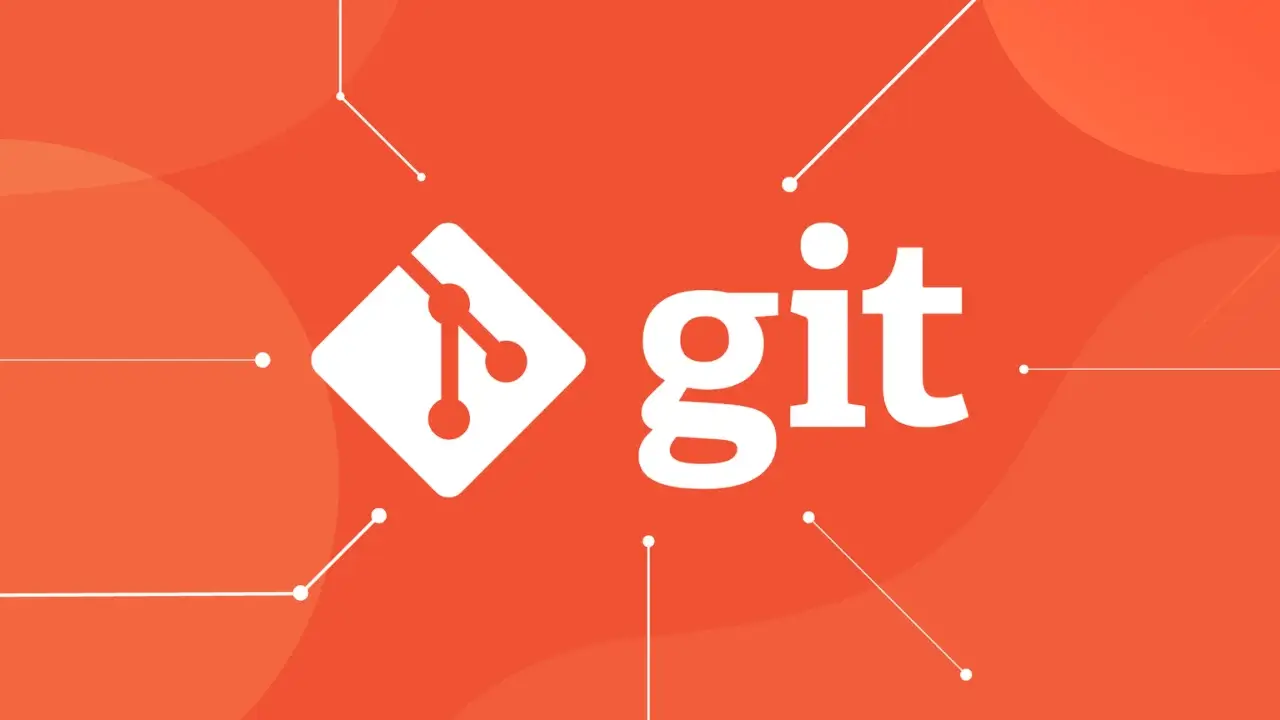
Beyond the Hype: Mastering Scalability Without Cloud Complexity
Introduction: The Cloud Migration Was Supposed to Be Easy
For small and medium businesses (SMEs), digital agencies, and especially eCommerce managers, the promise of the cloud was intoxicating: infinite scalability, pay-as-you-go efficiency, and unparalleled agility. We were told that moving off legacy infrastructure would solve all our problems. But let’s be honest: five years into widespread cloud adoption, many businesses are facing a harsh reality. They’ve successfully traded one form of complexity—physical hardware maintenance—for another: the excruciating operational overhead of managing modern distributed systems.
This isn't just about technical debt; it’s about profit margins. When your team spends more time debugging YAML files, integrating disparate services, or wrestling with unpredictable billing than they spend innovating, you have a complexity crisis. In the pursuit of 'elasticity,' many businesses have tied themselves in knots managing layers of IaaS, PaaS, and containers. This article will dissect the hidden costs of modern scaling and explore how a new generation of infrastructure can deliver true agility without demanding you hire a dedicated crew of Kubernetes experts.
The Scalability Paradox: When Growth Becomes a Burden
Scaling is supposed to be a celebratory event. You’re growing! More traffic! More revenue! Yet, for many high-growth SMEs, scaling is accompanied by intense panic. The infrastructure designed for a few thousand users cracks under the load of a seasonal spike, or worse, the bill for that spike triples expectations because one small configuration was mismanaged. This points to a fundamental flaw in how many businesses approach infrastructure: they confuse robust technology with manageable infrastructure.
The Cost of Operational Overhead: Why SMEs Can’t Afford DevOps Teams
The standard modern cloud stack requires specialized knowledge that often exceeds the budget and capacity of an SME. If you are running an eCommerce platform, your core business is selling, not cloud engineering. Yet, maintaining self-managed cloud infrastructure demands expertise in networking, load balancing, databases, container orchestration, and continuous integration/delivery (CI/CD) pipelines. This creates the 'DevOps talent gap.' Recruiting, retaining, and managing these high-priced specialists drains capital that could otherwise fuel product development or marketing efforts.
If you choose not to hire that specialized team, you end up placing undue stress on existing staff—a crucial security or performance bottleneck waiting to happen. The reality is that true managed cloud hosting solutions are often far more cost-effective than trying to assemble a high-functioning internal team capable of maintaining production-grade infrastructure 24/7. This is the first, and often most overlooked, hidden cost of complexity: the cost of specialized human capital.
Performance Debt and the Core Web Vitals Challenge
We know that website speed is non-negotiable. Google’s emphasis on Core Web Vitals (CWV) means that infrastructure choices directly impact SEO, conversion rates, and user experience. While frontend optimization is essential, no amount of lazy loading can fix fundamentally slow infrastructure. If your application stack is inefficiently provisioned, if your database read replicas are sluggish, or if your container startup times are poor, your CWV scores suffer immediately.
For eCommerce platforms, particularly during high-traffic events, performance isn't just about ranking—it’s about survival. A single second delay can cost millions in lost sales. Agencies managing multiple client sites must ensure consistency and compliance with strict performance metrics. The complexity of modern cloud architecture often makes it harder, not easier, to isolate and resolve performance bottlenecks, particularly when using generic IaaS that requires manual tuning for every application layer.
The Vendor Lock-In Trap
While the initial appeal of hyperscalers is their breadth of services, this breadth quickly becomes a snare. Once you integrate proprietary services—think specialized database offerings or unique serverless functions—extricating your application becomes incredibly difficult and expensive. This is the definition of vendor lock-in, and it severely limits the long-term strategic agility of SMEs.
Data Gravity and Persistent Storage Headaches
One of the most insidious forms of lock-in revolves around data persistence. Applications are increasingly built using containers (like Docker or Kubernetes), which are inherently stateless. This requires robust, highly available, and scalable persistent storage solutions for databases, user files, and application state. Many generalized cloud providers offer complex solutions that often struggle with providing *true* native persistent storage that aligns seamlessly with modern containerization standards.
The moment you try to move that application—perhaps seeking better pricing, performance, or a simpler operational model—you hit 'data gravity.' The process of migrating terabytes of stateful data, reconfiguring proprietary storage volume access, and ensuring transactional integrity across clouds is a monumental task. For growing businesses prioritizing eCommerce scalability, the inability to easily move stateful workloads represents a significant risk.
Navigating the Bill Shock: Predictable Pricing vs. Hyperscaler Maze
The billing structure of major cloud vendors is legendary for its opacity. While pay-as-you-go sounds good in theory, in practice, it often means pay-for-everything-you-didn't-know-you-were-using. Egress fees, IOPS costs, reserved instances, networking costs, and thousands of other line items make forecasting a nightmare. This unpredictability crushes the financial stability of SMEs that require clear, fixed operational expenses to plan for growth.
Agencies, in particular, struggle with passing these opaque costs onto clients fairly. True business agility requires predictable costs. If scaling up means immediately entering a complex calculus of resource allocation and associated micro-fees, the perceived 'flexibility' of the cloud is an illusion masking fundamental cost risk.
Reclaiming Simplicity: The Evolution to Stacks As a Service
The industry is recognizing this pervasive complexity crisis. The solution isn't to retreat from containerization or cloud computing; it's to abstract away the painful management layer. This shift is giving rise to a new infrastructure paradigm: Stacks As a Service.
Imagine deploying a production-grade application environment—complete with CI/CD, persistent storage, load balancing, and scaling rules—with the simplicity of a single configuration file. This is the necessary evolution beyond basic IaaS, which simply handed you raw compute power and wished you luck, and even beyond complex, self-managed Kubernetes clusters.
This is where platforms like STAAS.IO enter the conversation, focusing squarely on shattering application development complexity. They recognize that the fundamental barrier to growth for SMEs isn't the technology itself, but the operational burden required to make that technology production-ready and cost-effective.
The Freedom of True Containerization and Persistence
A key differentiator in effective Stacks As a Service platforms is their commitment to open standards and handling the 'hard parts' transparently. For instance, **STAAS.IO** specifically addresses the persistent storage bottleneck. By offering full native persistent storage and volumes while adhering to CNCF containerization standards, they ensure that the application stack remains portable. This is critical.
Why does this matter to a business owner? Because it eliminates the primary source of vendor lock-in (data gravity) and ensures that scaling the underlying application, whether horizontally across machines or vertically for increased resources, doesn't break the data layer. You get the power of container orchestration, simplified—like Kubernetes—but without needing a PhD in YAML networking. This freedom means that if your business needs change, or if a better cloud environment emerges, your application can move, minimizing strategic risk.
Predictable Scaling, Predictable Costs
When operational complexity is removed, cost predictability naturally follows. Platforms that simplify Stacks As a Service often move toward clearer, simpler pricing models. **STAAS.IO** highlights this ethos: their simple pricing applies whether you scale horizontally or vertically. This is a profound relief for eCommerce managers. It means you can plan for Black Friday traffic spikes or sudden viral growth knowing exactly how your infrastructure costs will respond, eliminating the debilitating fear of the infamous cloud 'bill shock.'
For agencies, this simplicity translates directly into better client service. You can rapidly provision and deploy complex, high-performance environments (leveraging CI/CD pipelines or even one-click deployment) and charge predictable monthly maintenance fees, allowing you to focus on results rather than managing intricate cloud APIs.
Cybersecurity: Simplifying Defense at Scale
Infrastructure complexity is inherently linked to security risk. The more components you manually integrate—the more services talking to each other across different cloud environments—the larger your attack surface becomes. Every misconfigured firewall rule or unchecked vulnerability in a self-managed component is a potential catastrophe.
The Shared Responsibility Model for Business Owners
While cloud providers handle the security *of* the cloud (e.g., securing the physical data centers), the business owner is responsible for security *in* the cloud (e.g., application configurations, access management, patching). For SMEs, this is a heavy burden. Choosing a Stacks As a Service platform shifts more of that responsibility toward the platform provider.
When you utilize a managed stack, baseline security components—such as container isolation, network segmentation, and underlying OS patching—are handled automatically, adhering to strict industry standards. This drastically improves **cybersecurity for SMEs** by embedding best practices from the foundation up, rather than requiring expensive, constant auditing by internal staff.
Baked-in Security for eCommerce Scalability
For large-scale eCommerce operations, compliance (like PCI-DSS) is paramount. Infrastructure that simplifies deployment and scaling often integrates security checkpoints inherently. By using a standardized, robust, container-based platform that handles deployment (like STAAS.IO’s focus on production-grade systems), businesses gain consistency. Consistency is the enemy of security vulnerabilities. It means that every time you scale, the new resources are provisioned with the same hardened security profile, ensuring rapid, secure eCommerce scalability without compromise.
Conclusion: The Path to Profitable Infrastructure
We stand at a critical inflection point. The early, messy phase of widespread cloud adoption, characterized by painful DIY configurations and unpredictable costs, is ending. The next wave is defined by intelligent abstraction. Business owners, eCommerce managers, and digital agency professionals should not accept infrastructure complexity as a necessary evil of growth.
True agility is not measured by the number of services you can stitch together; it's measured by how quickly and predictably you can deploy, scale, and manage a stable application stack with minimal specialized overhead. By demanding simpler, standardized, and fully persistent 'Stacks As a Service,' businesses can finally realize the full promise of cloud computing: focusing their energy and capital on their core mission, not on becoming expert cloud engineers.
The time spent wrestling with the complexity of self-managed cloud environments is time and money perpetually lost. Choosing infrastructure that is designed for simplicity, scalability, and non-proprietary standards is the most strategic infrastructure decision a growing business can make today.
Actionable Insight: Evaluate Your Operational Cost
Are you ready to move beyond infrastructure complexity and unpredictable cloud billing? If your team spends more time managing infrastructure than building your product, it’s time to explore a production-ready 'Stacks As a Service' platform.
Discover how **STAAS.IO** simplifies deploying, scaling, and managing containerized applications with full native persistent storage and transparent pricing. Stop paying for complexity, start paying for predictable performance.
Learn more about STAAS.IO and achieve predictable scalability today.




